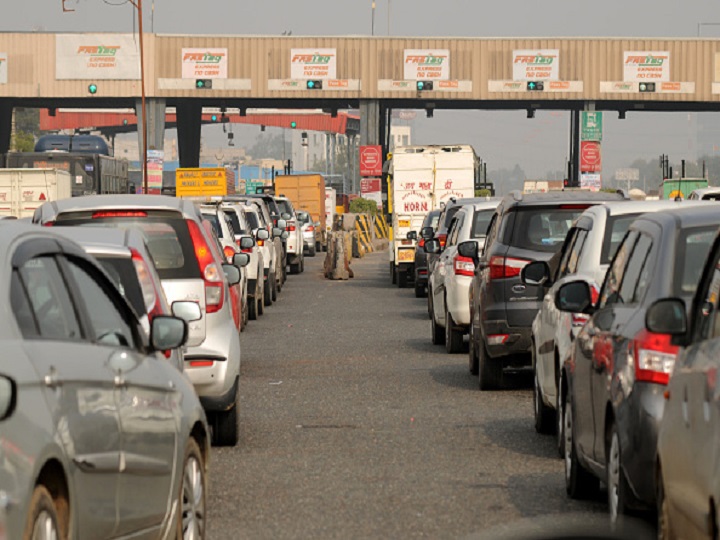
The FASTag device under the National Electronic Toll Collection (NETC) program is designed to make the toll fare payment procedure easier for everyone. It employs Radio Frequency Identification (RFID) technology to make automatic payments. This is a faster alternative to the traditional toll booth system, where vehicles stop, and the driver pays the toll fare with cash or card.
According to the Ministry of Road Transport & Highways, the FASTag card is now mandatory throughout India, and most Toll Plazas accept it as the sole mode of transit. Over 540 toll plazas have been updated for FASTag across the country by the National Highways Authority of India (NHAI), and they have sold 66 lakh FASTags.(Reference)
FASTag comes with a validity of 5 years. Once you have purchased a FASTag, you only have to make sure that it is recharged. It can be linked to your bank account easily. Visit Kotak Bank’s website to Apply for FASTag.
Why is FASTag used?
The principal objective of the National Payments Corporation of India (NPCI) is to evolve the present National Electronic Toll Collection (NETC) system from the existing single-party model to the four-party model, which comprises Issuer, Acquirer, NPCI, Plaza.
What are the benefits of using a FASTag?
- For road users –
- Reduced the waiting time at the plaza.
- Accommodating additional traffic without adding lanes.
- Helps save fuel.
- Provides flexibility to customers in paying plaza bills with RFID tags.
- Toll statements can be mailed or made available online.
- Reloadable tag, which makes the FASTag process easy.
- Easy online FASTag recharge facility by using any of the authorized payment methods and banks linked to FASTag. You can recharge FASTag by Kotak by logging into FASTag Customer Portal or use the Kotak mobile banking app.
- For toll operator –
- Low operating costs for plaza operators.
- Better audit control due to centralized user accounts.
- Improved capacity
- No extra expenditure on infrastructure.
- For government –
- Saving fuel and reduction of pollution.
- Transparency in toll transactions.
- Enhancement of digital payments.
How do FASTag stickers work?
Step 1: When you pass through the Electronic Toll Collection (ETC) lane of the Toll Plaza, it reads the vehicle FASTag details like Tag ID, Vehicle class, TID, etc., using the RFID technology and sends it to the acquirer bank (used by the NHAI) to process payment.
Step 2: The acquirer bank then sends a verification request to the NETC Mapper.
Step 3: The NETC Mapper validates the FASTag ID and sends details like Tag status, vehicle class, VRN, etc., with the acquirer bank. In case details are not present, they respond that Tag Id is not registered.
Step 4: The acquirer bank then calculates the appropriate toll fare and initiates a debit request to the NETC Mapper to complete the FASTag process.
Step 5: NETC Mapper then sends a debit request to the issuer bank (your bank).
Step 6: The issuer host debits the tag holder and sends an SMS alert to them. It also sends the response message to the NETC Mapper.
Step 7: NETC Mapper notifies the acquirer host.
Step 8: Lastly, the acquirer host notifies the toll plaza system.
The complete FAStag process takes place within the few seconds that you take to cross the toll plaza without really stopping for a long time. This is the benefit of the Automated Toll collection system. Without the hassle of halting and waiting in long queues, customers can now pay their toll in a matter of seconds.